How We Tackle Weeds in Organic Chickpeas
June 23, 2025We’re back in the field with our chickpea cultivation series! See how we tackle weeds after emergence using inter-row cultivation.
Read articleOur Advanced Chatbot is an AI tool that is transforming our approach to farming and helping to optimize processes and promote sustainable practices.
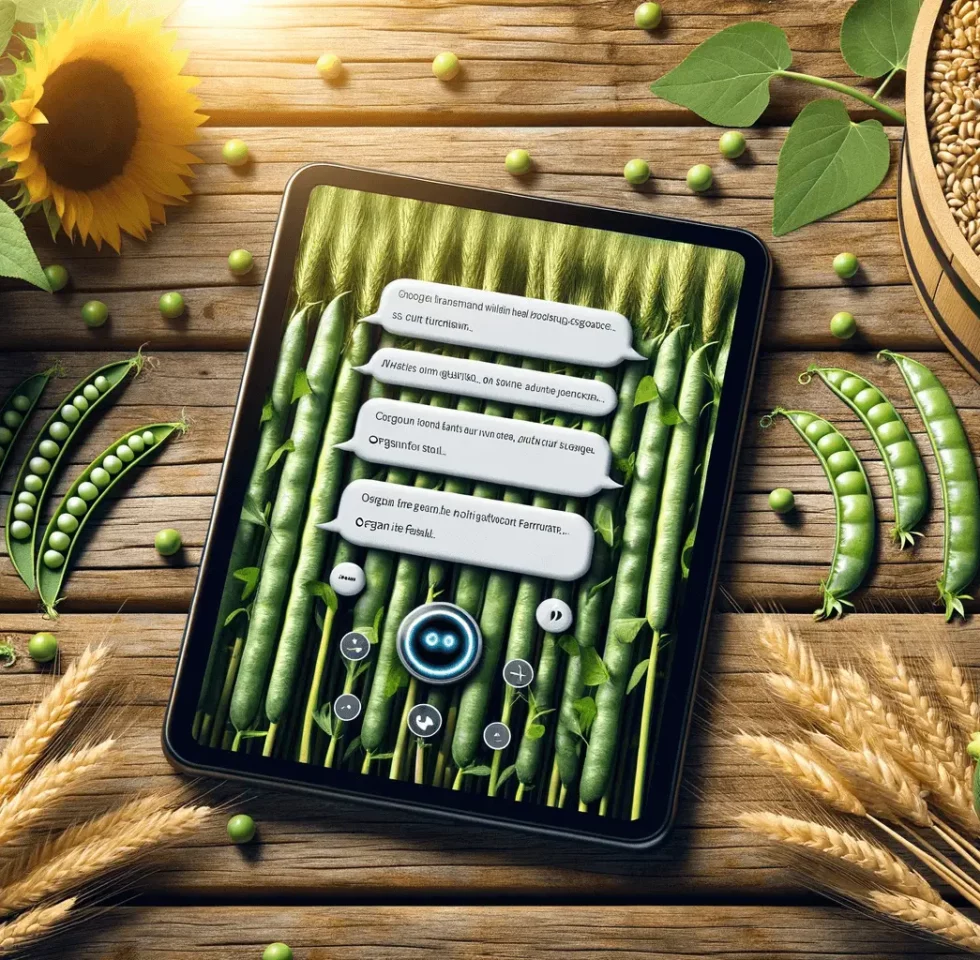
In the evolving world of agriculture, the role of technology cannot be understated. As we navigate this landscape, the integration of tools like drones and data analytics has become a part of our everyday work. In addition, AI is transforming our approach to farming and helping to optimize processes and promote sustainable practices.
This innovation goes beyond just improving yields; it’s about ensuring that farming methods are both ecologically sound and sustainable for the long term. At LoginEKO, we’ve embraced this blend of tradition and technology.
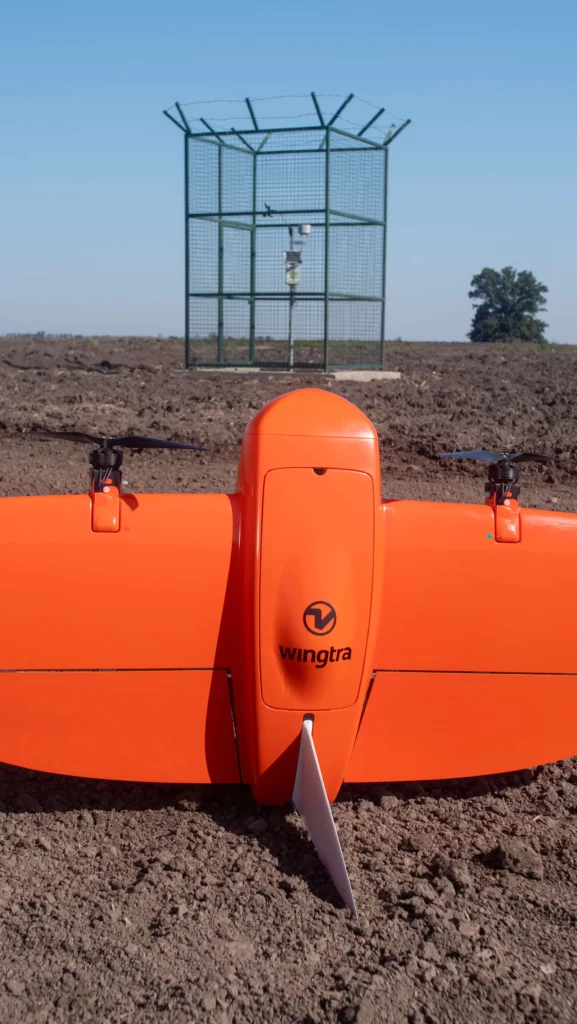
We’re dedicated to sustainable farming, and our approach is grounded in principles of ecology. Our commitment can be seen in practices like multi-year crop rotations, which enhance soil health and productivity. A notable aspect of our approach is the use of peas, which naturally fix nitrogen and offer an eco-friendly alternative to conventional fertilizers. Our organically certified 3,700 ha farm stands as a testament to our sustainable vision, producing 6,000 tons of organic crops that are completely traceable, year after year.
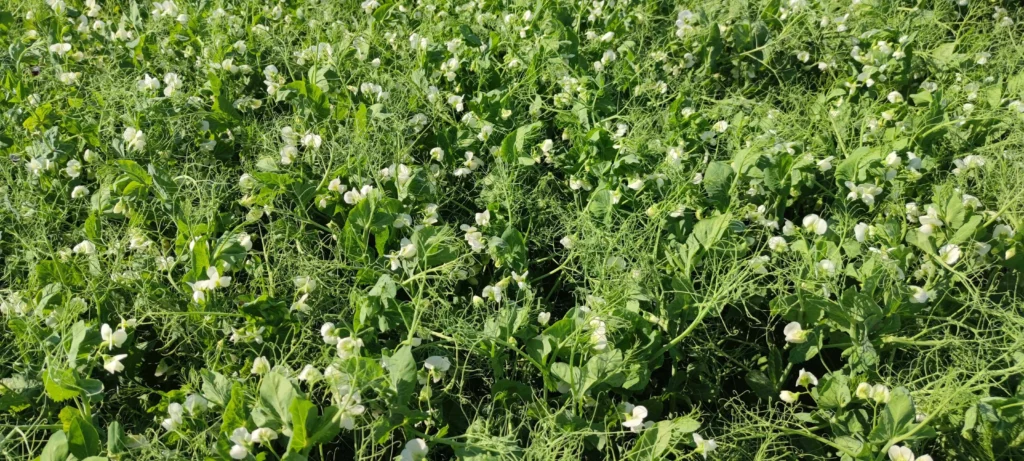
Moreover, our distinct combination of technology and agriculture is further solidified by our in-house software development team, which refines tools for agricultural optimization. With this foundation, our exploration into AI tools, including chatbots, becomes the next step.
In today’s fast-paced world, sifting through vast amounts of scientific research or internal reports can be a daunting task. Whether it’s validating a new hypothesis or seeking insights from existing literature, the traditional methods are undoubtedly time-intensive. This is where chatbots come into play. Integrating chatbot technology allows the efficient search of relevant scientific papers by simply posing questions. At LoginEKO, we’ve recognized this advantage and have been continuously refining our chatbot to serve not only our internal needs, but also the wider community of organic farmers and enthusiasts. Our primary aim is to ensure that the chatbot delivers precise answers, tailored to specific queries, all grounded in solid scientific evidence and the best practices we uphold. In essence, chatbots aren’t just tools for convenience; they’re catalysts for informed decision-making in the realm of organic agriculture.
In the realm of agriculture, where precision and expertise are paramount, generalized chat assistants like ChatGPT might not always hit the mark. Consider if you search for specialized advice on organic crop rotation, and then only receive a broad overview that doesn’t delve into the specifics of, say, nitrogen-fixing crops or soil enrichment. Such generalized tools, while comprehensive in their knowledge, can sometimes struggle to adapt their information depth to niche agricultural inquiries. There’s also the concern of receiving answers that sound accurate, but aren’t rooted in verified agricultural practices or research. For matters as intricate as farming and agriculture, dependence on broad-spectrum chat tools might fall short. As we transition into the next segment, we’ll delve deeper into the principle of vector embeddings to illuminate how specialized chatbots ensure answers are not just accurate, but also strictly relevant to the field of agriculture.
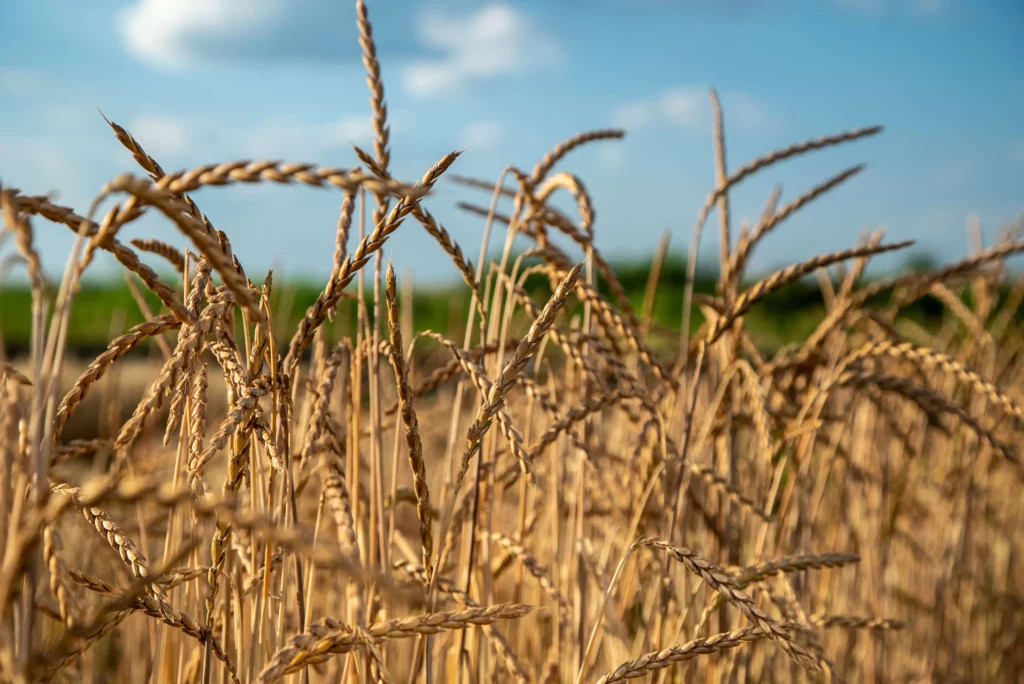
Imagine having a massive library filled with books on agriculture. From the secrets of soil health to the intricacies of crop rotation, this library has it all. But, how do you quickly find the exact piece of information you need? This is where the magic of vector embedding comes into play.
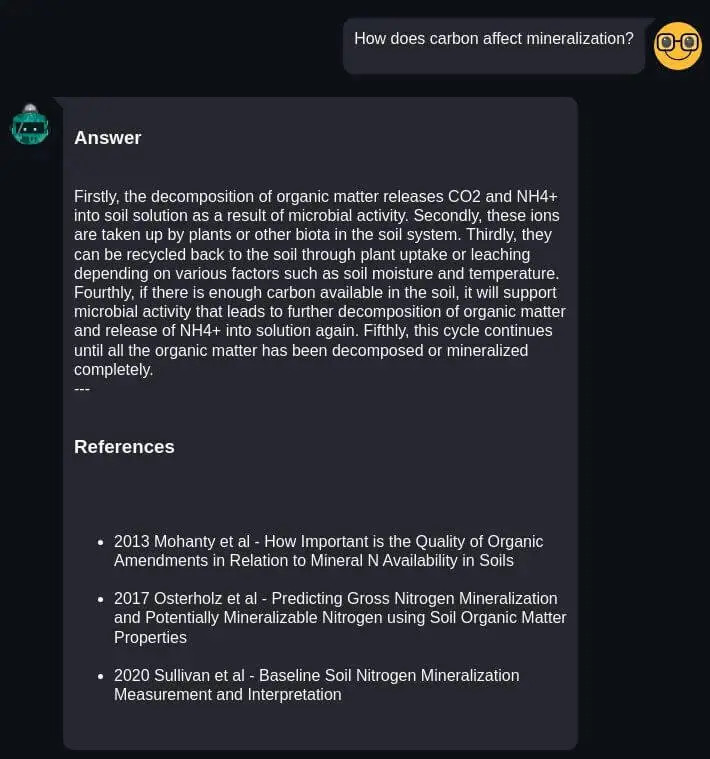
In simple terms, vector embedding is like giving each piece of information in our vast library a unique address, not based on its position on the shelves, but on its content and meaning. It’s a way to represent complex agricultural concepts as points in a space. The closer these points are, the more related the concepts.
For example, in this space, ‘alfalfa’ and ‘green peas’ might be neighbors because they’re closely related concepts. But ‘alfalfa’ and ‘wheat’ would be farther apart. This system allows our chatbot to understand the context and relationships within agricultural topics, ensuring that when you ask a question, it doesn’t just pull a random book off the shelf. Instead, it goes straight to the most relevant information, understanding the depth and nuance of your query.
What’s truly impressive is that, with vector embedding, our chatbot can sift through vast amounts of agricultural data, research, and practices, pinpointing the most pertinent details in mere moments. It’s like having a seasoned librarian with an encyclopedic knowledge of agriculture, ready to fetch you the perfect book or article for your needs.
In essence, vector embedding isn’t just a technical tool; it’s the heart of our chatbot’s intelligence, and ensures that every answer is not only accurate but is steeped in the rich tapestry of agricultural knowledge and successful practices documented at LoginEKO.
In the vast domain of agriculture, where topics range from soil types to crop genetics, understanding the intricate relationships and hierarchies among concepts is crucial. Enter ‘knowledge graphs,’ a powerful tool that visualizes and organizes information in a structured manner. Think of it as a web where each node represents a specific agricultural concept, and the connections between them highlight their relationships. This structure provides a clear hierarchy, making it easier to see how one concept, like a particular crop, relates to another, such as its ideal soil conditions or its resistance to certain pests.
Navigating this web becomes an intuitive journey with knowledge graphs. If you’re examining a specific farming technique, you can effortlessly trace back to its origin or dive deeper into its applications and benefits. The interconnected nature of the graph ensures that related concepts are close by, and offer a comprehensive view of the topic at hand. For chatbots, this means providing answers that aren’t just accurate, but also rich in context. With the combined power of chatbots and knowledge graphs, users can explore the depths of agricultural knowledge, from foundational principles to advanced methodologies, ensuring a holistic understanding of the subject.
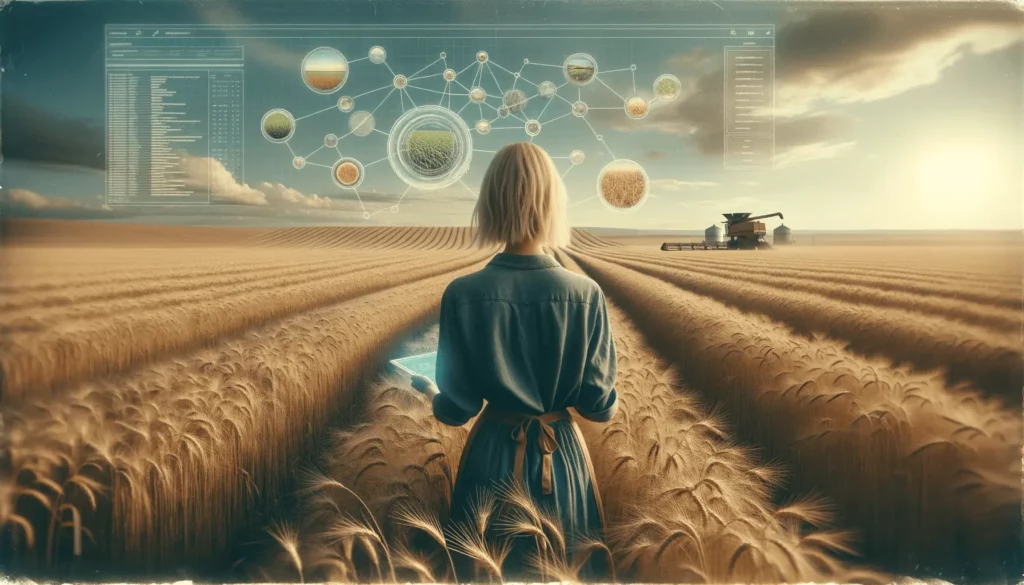
In modern agriculture, making informed decisions is essential for successful outcomes. The combination of chatbots and knowledge graphs provides valuable tools to help in this endeavor.
Consider a scenario where an organic farmer is thinking about adding a new legume to his crop rotation due to its nitrogen-fixing properties. Instead of spending hours going through research papers and books, the farmer can now consult a chatbot. Backed by a knowledge graph, this chatbot can offer relevant information about the legume, including its benefits, ideal soil conditions, and potential challenges. The structured nature of the knowledge graph ensures that the information is organized and easy to understand.
If the farmer then seeks advice on organic pest control methods for this legume, the chatbot can provide tailored suggestions that align with organic farming practices. The chatbot’s responses, informed by the knowledge graph, focus on methods that are sustainable and suited to organic agriculture. This ensures that farmers, regardless of their scale or specific focus, receive information that is pertinent to their individual needs.
Overall, chatbots and knowledge graphs are becoming increasingly useful in agriculture. They offer a way to access and understand vast amounts of data, making it easier for individuals in the field to make well-informed decisions.
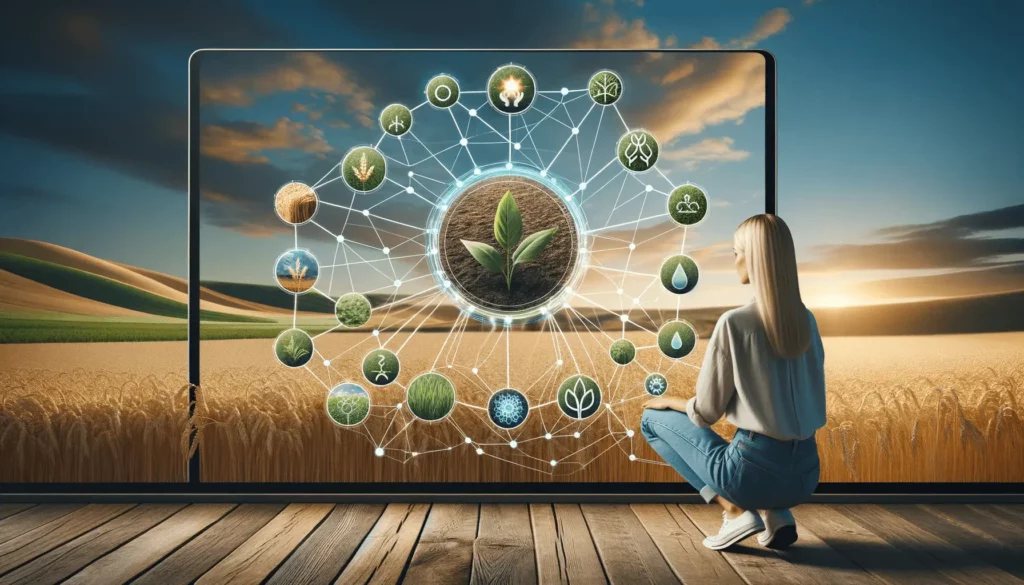
In the world of modern agriculture, having the right information at the right time is crucial. LoginEKO’s chatbot solution plays a significant role in making this possible. By combining vast amounts of data with specific user queries, the chatbot ensures that users receive information that’s both accessible and relevant.
Using chatbot technology alongside knowledge graphs allows for a clear and organized understanding of various agricultural topics. Whether someone is looking into organic farming methods or wants to know more about crop rotation, the chatbot is there to help, drawing from LoginEKO’s extensive database of agricultural practices.
In short, LoginEKO’s chatbot represents our ongoing effort to merge technology with agriculture. It’s about making information more accessible and helping those in the field make informed decisions. As we move forward, our focus remains on improving and adapting this tool to best serve the needs of the organic agricultural community.
We’re back in the field with our chickpea cultivation series! See how we tackle weeds after emergence using inter-row cultivation.
Read articleTwo days, three farms, one shared goal: growing hemp more sustainably. Here’s what we learned and shared during our tour of Prekmurje.
Read articleChickpeas offer great potential for organic farming. Join us as we walk you through the essential steps of chickpea cultivation, starting with seedbed preparation.
Read article